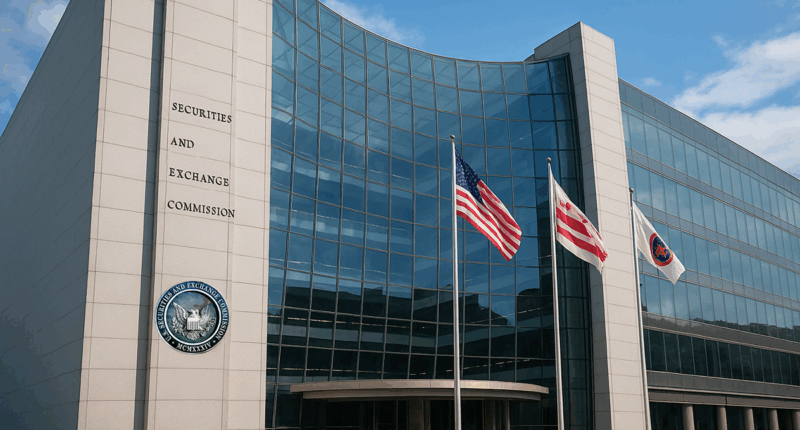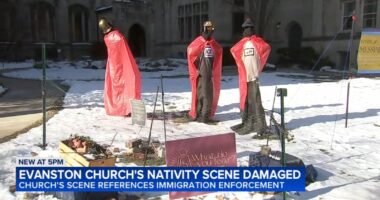Share this @internewscast.com
In a notable advancement for the blockchain and decentralized tech industries, the U.S. Securities and Exchange Commission (SEC) Commissioner Hester M. Peirce released a statement on September 29, 2025, along with a no-action letter granted to DoubleZero. This letter tackles the distribution of tokens in decentralized physical infrastructure networks (DePIN), offering essential regulatory clarity, which could potentially facilitate broader acceptance and innovation within the field.
DePIN signifies a revolutionary method for organizing resources and human efforts beyond traditional corporate frameworks. As detailed in Peirce’s comments, these networks permit participants to offer and use services like data storage, telecommunications bandwidth, mapping solutions, or even regulatory disclosure verification through open, peer-to-peer environments.
Unlike centralized systems, DePIN depends on distributed collaboration, where individuals or groups manage nodes or deliver services in return for tokens. These tokens act as practical incentives to initiate and sustain the network, rewarding real involvement rather than serving as speculative assets. The essence of the regulatory clarity lies in the application—or rather, the non-applicability—of the Howey Test, the established method for determining if an asset is a security. Peirce highlights that DePIN tokens do not fit the definition of an “investment contract” under the Howey Test, as they are not assurances of profits derived from others’ managerial efforts.
Instead, they are systematically distributed as payment for services provided, such as operating a node or sharing bandwidth. This difference is vital: DePIN initiatives are not involved in traditional fundraising by selling tokens to passive investors anticipating returns. By declaring these tokens outside the scope of securities regulations, the no-action letter alleviates worries that could inhibit network expansion.
This directive comes at a critical time as DePIN projects gain momentum in industries like telecommunications, energy, and data management. For example, projects might reward users for deploying hardware for decentralized wireless networks or contributing to global mapping projects, all orchestrated via blockchain technologies. Peirce cautions that compelling such actions into existing securities frameworks would constrain innovation, asserting that the SEC’s role is to regulate securities markets, not all economic endeavors.
“Labeling such tokens as securities would hinder the advancement of networks involving distributed service providers,” she notes, underscoring the potential dampening effect of overregulation. The DoubleZero no-action letter illustrates a forward-thinking regulatory approach, urging innovators to focus on creating infrastructure rather than dealing with legal uncertainties. Peirce advocates for the SEC to interact with projects in good faith, understanding how their models function and applying laws accurately.
This approach could set a precedent for other DePIN initiatives, fostering an environment where blockchain technology realizes its potential in real-world applications without undue regulatory burdens. Peirce’s statement underscores a broader philosophy: markets, not regulators, should determine the viability of emerging technologies.
Pacioli.ai exemplifies the practical application of DePIN in regulatory disclosures compliance. As a decentralized network, it enables external validation of financial and non-financial disclosures, such as crypto-asset whitepapers under MiCAR and financial statements under USGAAP. Pacioli.ai also automates the creation of machine-readable regulatory disclosures.
Validators operate “Pacioli Nodes” to review disclosures for accuracy, consistency, and compliance, earning rewards in the process. This fosters transparency, reduces costs, and enhances trust, aligning perfectly with Commissioner Peirce’s vision of innovation without undue regulatory burdens.
As DePIN evolves, this clarity may attract more participants and investment, driving the creation of resilient, decentralized infrastructures that benefit society at large. For an industry often plagued by uncertainty, this is a welcome step toward a more innovative future.
















